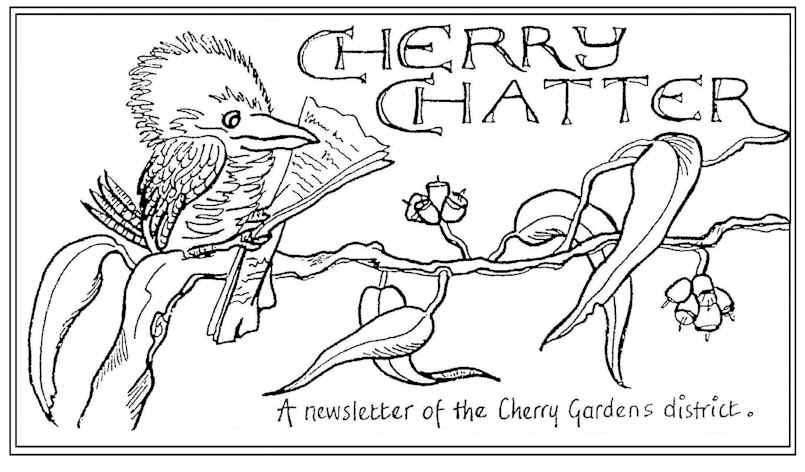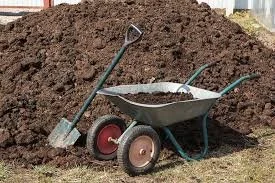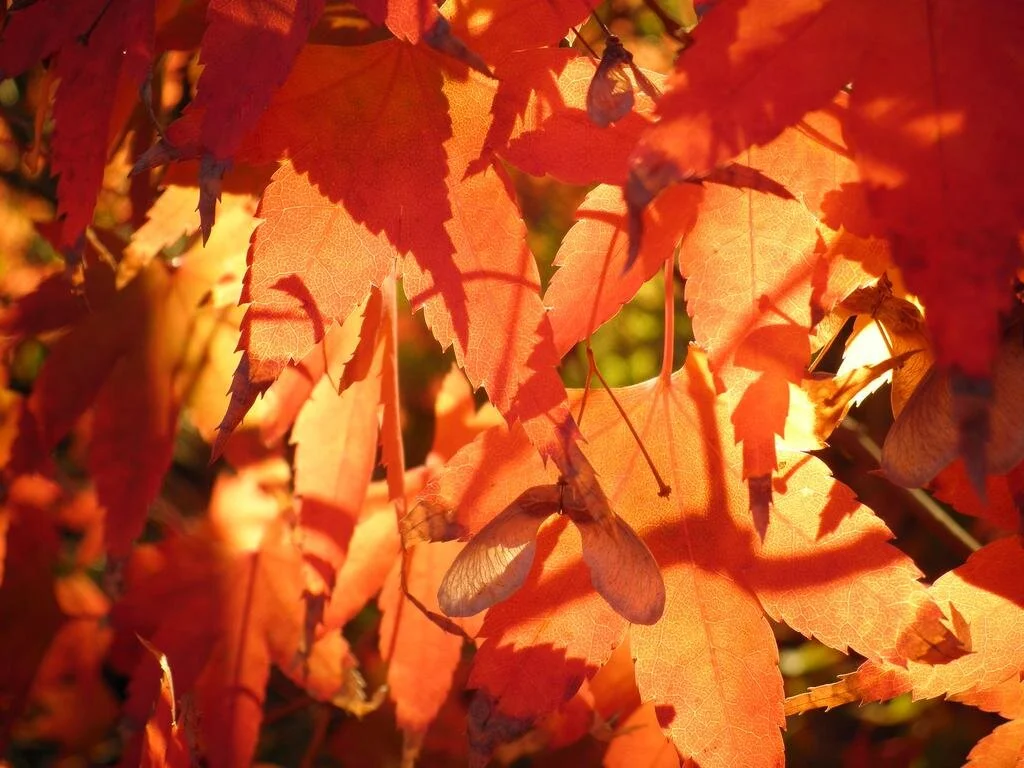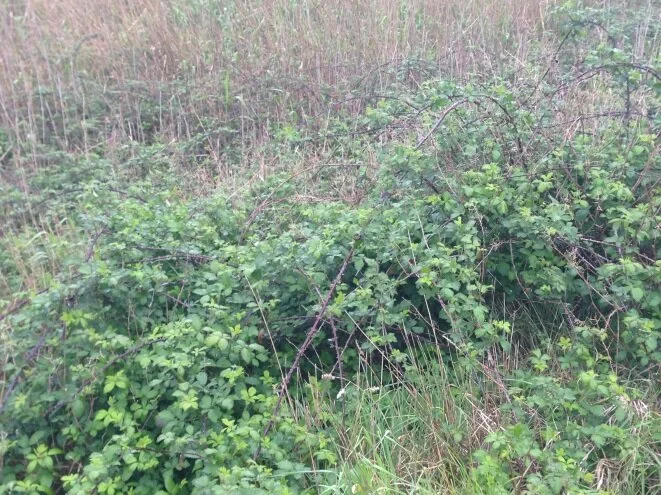Garden Club
Exclamations sounds of wonder and amazement were elicited from our members when Paul Frost from the Bee Keepers’ Society of SA took us on a journey of discovery of the amazing life of Western Honey bees. – Apis Mellifera.
Who hasn’t stood and watched bees busily buzzing around, gathering nectar from flowers in the morning? In their simplicity they give us no clue that we are in fact observing an incredibly complex nectar harvesting and storage machine? All bees are part of a really tightly run ship – their hive. Most bees you see are female worker bees, each with specific tasks in the hive. Rarely seen drones on the other hand are males and don’t work existing simply to fertilise the eggs carried by the hive’s only larger than normal sized bee - the Queen. Then they die! Bees fulfil a vital role in fertilising plants and trees including that edible to humans. Honey consists of 82% nectar and 18% water and is stored in enough quantity to feed the hive in times of nectar shortage. Honey’s medicinal properties can be lost if heated to a high enough temperature. Honey and wax are used in countless flavourings, cosmetics, cleaning materials and other products which are essential to modern life. At present honey research is underway to discover a replacement for current day antibiotics, to which bacteria are fast becoming resistant. Honey stored in the Pyramids with Mummified royalty more than 2000 years ago, was reportedly in as good condition as when first placed there, to provide nourishment to Egyptian royalty on their journey to heaven.
Alarmingly bees are rapidly disappearing from Planet Earth due to pollution, insecticides, and disease and we will be in dire straights without them. Some countries in the world already have to pay human workers to fertilise their orchards of fruit bearing trees using paint brushes.
The pro active, interested, willingness – of every one of us,- to reduce our insecticide usage or at least to very carefully, follow directions on the pack of insecticides and other garden chemicals, could remove the last straw to break the camels back thus avoiding Bee Extinction. Note especially when spraying, the safest time of day - to avoid bees drinking contaminated nectar from recently sprayed plants and returning to their hives with lethal toxins,- is as late in the day as possible when the bees are less active!
As is usual the meeting was followed by a hilarious, varied plant auction and then a delicious supper.
GEORGE'S GARDENING SUGGESTIONS FOR MARCH 2019
Sweet peas are just so fragrant, they are worth a try in any garden. Choose a sunny spot in your garden and prepare the soil by digging in organic matter like compost or aged animal manure, a trellis will be required for the tall varieties. Usually gardeners’ plant on St Patricks Day but if it is still warm you could leave it till mid to late April because seeds need cool soil to germinate. Sow the seeds directly where they are to grow and water ONCE only, unless the soil is particularly dry, water again when the shoots appear, excess watering may cause the seeds to rot. Slugs and snails are always ready for a feast so protect young plants.
Plant bulbs now for Winter to Spring colour.
Potted Cymbidium orchids can be placed out in a semi shaded area from now until Spring and moved back under shade-cloth for late Spring/Summer. Feed them at least once a month.
Check citrus trees for swelling, evidence of gall wasps, prune off affected parts and destroy.
Some vegetables you may consider planting are broccoli, cabbage, carrots, peas, radish, and spinach.
NEXT MEETINGS
Monday 18th March
Tristana and Jamil from Uni SA City West Campus will talk about their Community Garden.
Monday 8th April
Daniel Holzer from Holman Industries, a W.A. based manufacturer of irrigation components will showcase their range of products.













